ADT 2011 Annual Report Download - page 77
Download and view the complete annual report
Please find page 77 of the 2011 ADT annual report below. You can navigate through the pages in the report by either clicking on the pages listed below, or by using the keyword search tool below to find specific information within the annual report.-
 1
1 -
 2
2 -
 3
3 -
 4
4 -
 5
5 -
 6
6 -
 7
7 -
 8
8 -
 9
9 -
 10
10 -
 11
11 -
 12
12 -
 13
13 -
 14
14 -
 15
15 -
 16
16 -
 17
17 -
 18
18 -
 19
19 -
 20
20 -
 21
21 -
 22
22 -
 23
23 -
 24
24 -
 25
25 -
 26
26 -
 27
27 -
 28
28 -
 29
29 -
 30
30 -
 31
31 -
 32
32 -
 33
33 -
 34
34 -
 35
35 -
 36
36 -
 37
37 -
 38
38 -
 39
39 -
 40
40 -
 41
41 -
 42
42 -
 43
43 -
 44
44 -
 45
45 -
 46
46 -
 47
47 -
 48
48 -
 49
49 -
 50
50 -
 51
51 -
 52
52 -
 53
53 -
 54
54 -
 55
55 -
 56
56 -
 57
57 -
 58
58 -
 59
59 -
 60
60 -
 61
61 -
 62
62 -
 63
63 -
 64
64 -
 65
65 -
 66
66 -
 67
67 -
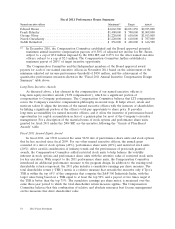 68
68 -
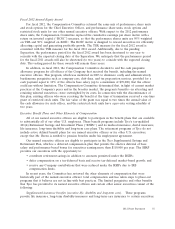 69
69 -
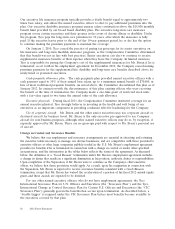 70
70 -
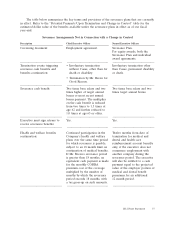 71
71 -
 72
72 -
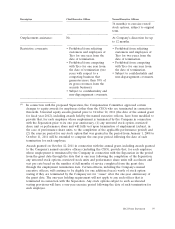 73
73 -
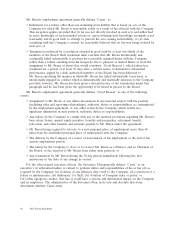 74
74 -
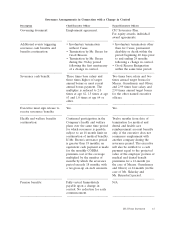 75
75 -
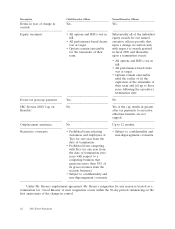 76
76 -
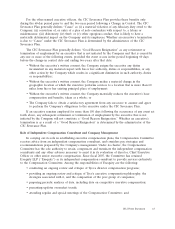 77
77 -
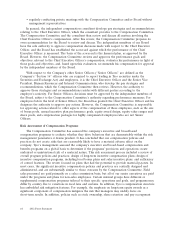 78
78 -
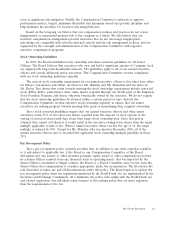 79
79 -
 80
80 -
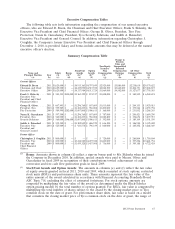 81
81 -
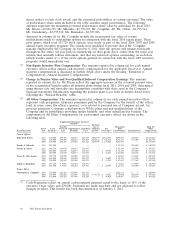 82
82 -
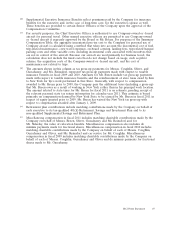 83
83 -
 84
84 -
 85
85 -
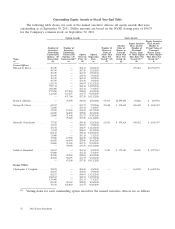 86
86 -
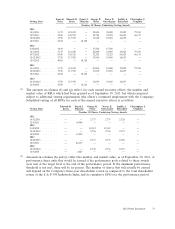 87
87 -
 88
88 -
 89
89 -
 90
90 -
 91
91 -
 92
92 -
 93
93 -
 94
94 -
 95
95 -
 96
96 -
 97
97 -
 98
98 -
 99
99 -
 100
100 -
 101
101 -
 102
102 -
 103
103 -
 104
104 -
 105
105 -
 106
106 -
 107
107 -
 108
108 -
 109
109 -
 110
110 -
 111
111 -
 112
112 -
 113
113 -
 114
114 -
 115
115 -
 116
116 -
 117
117 -
 118
118 -
 119
119 -
 120
120 -
 121
121 -
 122
122 -
 123
123 -
 124
124 -
 125
125 -
 126
126 -
 127
127 -
 128
128 -
 129
129 -
 130
130 -
 131
131 -
 132
132 -
 133
133 -
 134
134 -
 135
135 -
 136
136 -
 137
137 -
 138
138 -
 139
139 -
 140
140 -
 141
141 -
 142
142 -
 143
143 -
 144
144 -
 145
145 -
 146
146 -
 147
147 -
 148
148 -
 149
149 -
 150
150 -
 151
151 -
 152
152 -
 153
153 -
 154
154 -
 155
155 -
 156
156 -
 157
157 -
 158
158 -
 159
159 -
 160
160 -
 161
161 -
 162
162 -
 163
163 -
 164
164 -
 165
165 -
 166
166 -
 167
167 -
 168
168 -
 169
169 -
 170
170 -
 171
171 -
 172
172 -
 173
173 -
 174
174 -
 175
175 -
 176
176 -
 177
177 -
 178
178 -
 179
179 -
 180
180 -
 181
181 -
 182
182 -
 183
183 -
 184
184 -
 185
185 -
 186
186 -
 187
187 -
 188
188 -
 189
189 -
 190
190 -
 191
191 -
 192
192 -
 193
193 -
 194
194 -
 195
195 -
 196
196 -
 197
197 -
 198
198 -
 199
199 -
 200
200 -
 201
201 -
 202
202 -
 203
203 -
 204
204 -
 205
205 -
 206
206 -
 207
207 -
 208
208 -
 209
209 -
 210
210 -
 211
211 -
 212
212 -
 213
213 -
 214
214 -
 215
215 -
 216
216 -
 217
217 -
 218
218 -
 219
219 -
 220
220 -
 221
221 -
 222
222 -
 223
223 -
 224
224 -
 225
225 -
 226
226 -
 227
227 -
 228
228 -
 229
229 -
 230
230 -
 231
231 -
 232
232 -
 233
233 -
 234
234 -
 235
235 -
 236
236 -
 237
237 -
 238
238 -
 239
239 -
 240
240 -
 241
241 -
 242
242 -
 243
243 -
 244
244 -
 245
245 -
 246
246 -
 247
247 -
 248
248 -
 249
249 -
 250
250 -
 251
251 -
 252
252 -
 253
253 -
 254
254 -
 255
255 -
 256
256 -
 257
257 -
 258
258 -
 259
259 -
 260
260 -
 261
261 -
 262
262 -
 263
263 -
 264
264 -
 265
265 -
 266
266 -
 267
267 -
 268
268 -
 269
269 -
 270
270 -
 271
271 -
 272
272 -
 273
273 -
 274
274 -
 275
275 -
 276
276 -
 277
277 -
 278
278 -
 279
279 -
 280
280 -
 281
281 -
 282
282 -
 283
283 -
 284
284 -
 285
285 -
 286
286 -
 287
287 -
 288
288 -
 289
289 -
 290
290 -
 291
291 -
 292
292 -
 293
293 -
 294
294 -
 295
295 -
 296
296 -
 297
297 -
 298
298 -
 299
299 -
 300
300 -
 301
301 -
 302
302 -
 303
303 -
 304
304 -
 305
305 -
 306
306 -
 307
307 -
 308
308 -
 309
309 -
 310
310 -
 311
311 -
 312
312 -
 313
313
 |
 |
For the other named executive officers, the CIC Severance Plan provides these benefits only
during the 60-day period prior to and the two-year period following a Change in Control. The CIC
Severance Plan generally defines ‘‘Cause’’ as (i) a material violation of any fiduciary duty owed to the
Company; (ii) conviction of, or entry of a plea of nolo contendere with respect to, a felony or
misdemeanor; (iii) dishonesty; (iv) theft; or (v) other egregious conduct, that is likely to have a
materially detrimental impact on the Company and its employees. Whether an executive’s termination
is due to ‘‘Cause’’ under the CIC Severance Plan is determined by the administrator of the CIC
Severance Plan.
The CIC Severance Plan generally defines ‘‘Good Reason Resignation’’ as any retirement or
termination of employment by an executive that is not initiated by the Company and that is caused by
any one or more of the following events, provided the event occurs in the period beginning 60 days
before the change in control date and ending two years after that date:
• Without the executive’s written consent, the Company assigns the executive any duties
inconsistent in any material respect with his or her authority, duties or responsibilities, or any
other action by the Company which results in a significant diminution in such authority, duties
or responsibilities;
• Without the executive’s written consent, the Company makes a material change in the
geographic location at which the executive performs services to a location that is more than 60
miles from his or her existing principal place of employment;
• Without the executive’s written consent, the Company materially reduces the executive’s base
compensation and benefits, taken as a whole; or
• The Company fails to obtain a satisfactory agreement from any successor to assume and agree
to perform the Company’s obligations to the executive under the CIC Severance Plan.
If an executive remains employed for more than 150 days following the occurrence of any event set
forth above, any subsequent retirement or termination of employment by the executive that is not
initiated by the Company will not constitute a ‘‘Good Reason Resignation.’’ Whether an executive’s
termination is as a result of a ‘‘Good Reason Resignation’’ is determined by the administrator of the
CIC Severance Plan.
Role of Independent Compensation Consultant and Company Management
In carrying out its role in establishing executive compensation plans, the Compensation Committee
receives advice from an independent compensation consultant, and considers pay strategies and
recommendations prepared by the Company’s management. Under its charter, the Compensation
Committee has the sole authority to retain, compensate and terminate the independent compensation
consultants and any other advisors necessary to assist it in its evaluation of director, Chief Executive
Officer or other senior executive compensation. Since fiscal 2007, the Committee has retained
Exequity LLP (‘‘Exequity’’) as its independent compensation consultant to provide services exclusively
to the Compensation Committee. Among the responsibilities of Exequity are the following:
• conducting an ongoing review and critique of Tyco’s director compensation programs;
• providing an ongoing review and critique of Tyco’s executive compensation philosophy, the
strategies associated with it, and the composition of the peer group of companies;
• preparing periodic analyses of data, including data on competitive executive compensation;
• presenting updates on market trends;
• attending regular and special meetings of the Compensation Committee; and
2012 Proxy Statement 63
